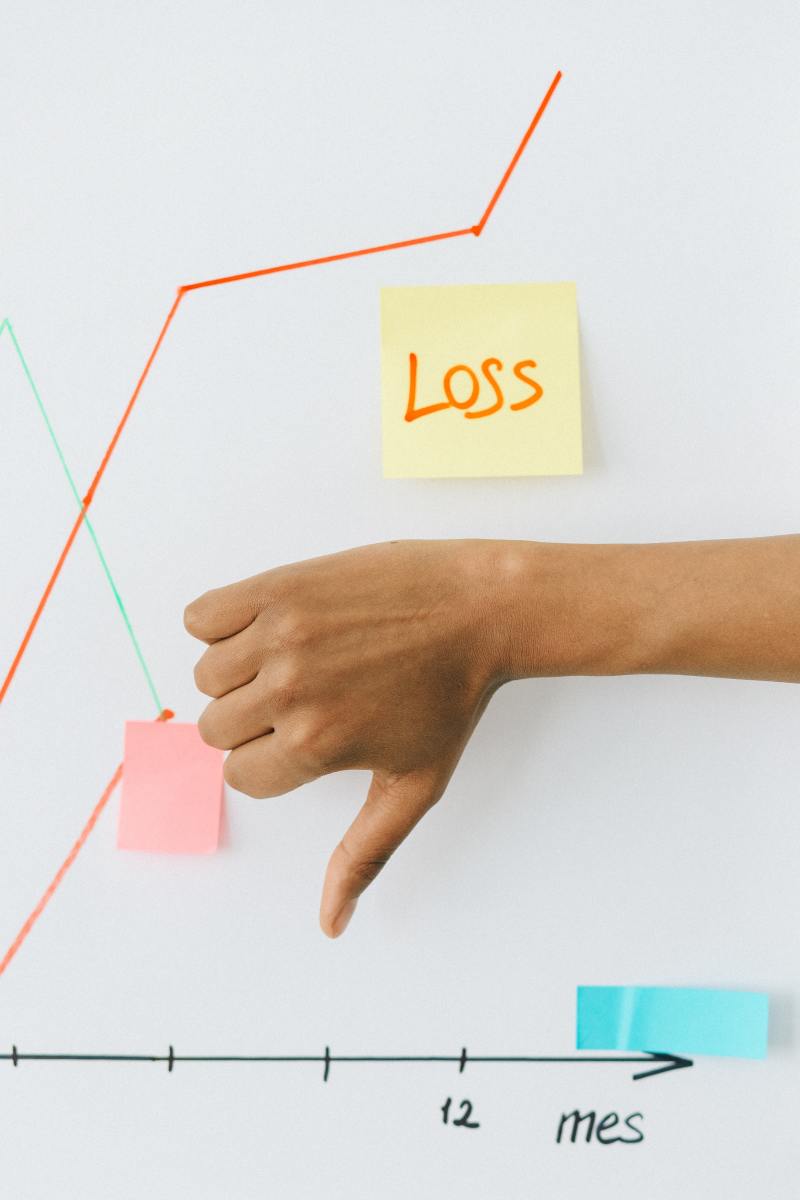Leveraging Effect of a House & Mortgage in Allocating Your Retirement Portfolio
Traditional wisdom maintains that for most people, their house is their greatest asset. According to the American dream, a person pays off a 30-year mortgage about the time he retires. With no mortgage to pay, living expenses during retirement are significantly reduced. The house or proceeds from its sale are eventually passed on to the heirs. And they live happily ever after.
So much for the American fairytale
Let’s get down to reality. Of course, that involves several scenarios. The basic question that I have been asking for years now is this: If a retirement portfolio is supposed to gradually move from about 90% stocks in youth to perhaps 30% stocks in retirement, and if the house is the greatest asset, what slice of the portfolio pie does the house occupy?
In the American dream of 50–100 years ago, a significant number of people probably did pay off the mortgage through a 30-year span ending by retirement. So my question wasn’t terribly relevant back then. That’s the way it was conventionally done, and it typically seemed to work as long as circumstances didn’t intervene. Today, however, the percentage of home equity may have little correlation with the number of years worked. Said another way, the remaining mortgage has very little correlation to the number of years before a person plans to retire.
Articles on retirement portfolio allocation
- Buy Low; Sell High: Opportunistic Rebalancing Without Guesswork
Even professional money-managers find it difficult to tell whether a stock is high and going down or low and going up. How is the average dude supposed to proceed if he wants something more than index funds or target funds? This method takes the gues - Diversification in Stock Investing: Why Bother?
Investors hear a lot about diversifying their stock investments. They are told not to hold too much stock in any one company or any one sector. They are told that they can increase their investment returns...
Homer Homesteader: Case #1
Homer Homesteader doesn’t tend to put nearly as much into his 401(k) retirement account as he does his house. He often sends an extra amount with the monthly mortgage. He has built on an addition and finished the attic so that he now has about 40% more living area. He has a significant amount of equity in the house by the time he hits 50, perhaps double the value of his retirement accounts.
Since the value of the house fluctuates with the housing market and it can be sold, he considers it to be more like the stock equities he holds in his retirement accounts than like bonds and other fixed assets. He’s not quite sure where his mortgage fits into the portfolio pie—as an accountant, he knows it’s a liability rather than an asset—but he’s not too concerned because he doesn’t owe too much more on it. Homer’s retirement will depend a lot on what his house will be worth then.
Glover Globetrotter: Case #2
Glover Globetrotter travelled much during his career and only settled down to buy his first house when he was in his 50’s. He only paid 10% down and didn’t pay off much before he hit 60. His company had a good 401(k) and he supplemented it with an IRA, so he has a comfortable retirement account, well-diversified between equities and fixed assets, and further diversified within each of those divisions.
Glover has comparatively little equity in his house, and when the housing market fell, his loan-to-value may have exceeded 100%. In other words, the remaining mortgage is more than the house is probably worth in today’s market. Glover basically ignores the equity value of his house (if any) in his portfolio pie. Since he’s ignoring the equity value of the house, it is simplest to ignore the mortgage as well, in relation to his portfolio pie. It feels more like the monthly rent that he paid during his earlier career. Glover will depend on his retirement accounts to see him through retirement.

Hayley Halfway: Case #3
Hayley Halfway is in her late 40’s. She has about 50% equity in her house, but it’s hard to tell without getting it appraised. She’s past the halfway point with her mortgage, but still has quite a ways to go. She has regularly contributed to her 401(k), which has grown steadily but not fast, because she invests in a conservative mutual fund with a balance of 55% stocks to 45% bonds. The equity she has in her house is probably equal to about 50% of what is in her retirement account.
When Hayley listens to Homer Homesteader, she agrees that her portfolio pie should show the home equity on the side with 55% stocks. But she’s a bit concerned about what seems to her like a resulting imbalance of 70% equities to 30% bonds. Harriet also insists that if home equity is part of the pie, then the mortgage must be a slice, too—she just doesn’t know where to fit that slice into what she calls her “puzzle pie.” She realizes that it’s a liability rather than an asset, and that leaves her puzzled.
Summary
Home equity appears to add to portfolio equity. It diversifies equities in stocks and mutual funds and increases the position of equities versus fixed assets in the portfolio. But it also differs from stocks in that it can depreciate below zero. When it comes time to sell the house, if I can’t sell it for more than the remaining mortgage, then I’m in debt for that amount. Conversely, if I own 1000 shares of General Motors or Coca-Cola and the company goes bankrupt, I lose the money I invested in those shares, but no more.
If you have a mortgage, your house is a leveraged investment!
Bull housing market
It is the relationship of the mortgage to the house that seems to bewilder people. In reality, it is not unlike leveraging to buy stock, which is another topic that few average homeowners understand. If I pay 20% cash on a house and finance the remaining 80% with a mortgage, I have leveraged that “investment” (house) by 5:1. If I sell the house a year later—ignoring closing costs and any mortgage payments made—the gain or loss is five times as much in relation to my 20% down-payment as it is in relation to the full cost of the house.
For example, suppose I am able to sell my house for 5% more than I paid for it a year earlier. I am immediately able to pay off the 80% mortgage. Therefore, although the value of the property may be only 105% of what I paid for it, that 5% gain is ¼ of the 20% cash down-payment, i.e. a 40% gain. No wonder investors were flipping houses!
Bear housing market
Conversely—and this is what caught many people by surprise during the housing bubble—if someone bought his house with only 5% down, financing the remaining 95%, he is leveraged 20:1, which would be an unheard-of risk ratio if it were a publicly-traded stock. If he sells the house a year later for 15% less than he paid for it, he can’t even pay off the mortgage without injecting more capital, twice as much as he paid down initially, in fact! So a 5% down payment with a 15% loss ends up being a 300% loss. Of course this can all be mitigated by holding the house for several years until the market improves, and that involves keeping up with the mortgage.
Answer to the question
The bottom line, then, is that a house counts on the equity side of the portfolio pie, but within the equity allocation, it is a leveraged asset. Two ramifications of this conclusion are:
- Go light on the leveraging by paying down a significant amount. "Back in the day,..." the rule of thumb was a minimum of 20%.
- Balance the size of the leveraged house allocation in relation to the size of other equity allocations: large cap, small cap, foreign, or however you want to cut the pie.
Do you agree or disagree with my views? I am interested in your feedback. Please share with me and other readers in the comments section below.







